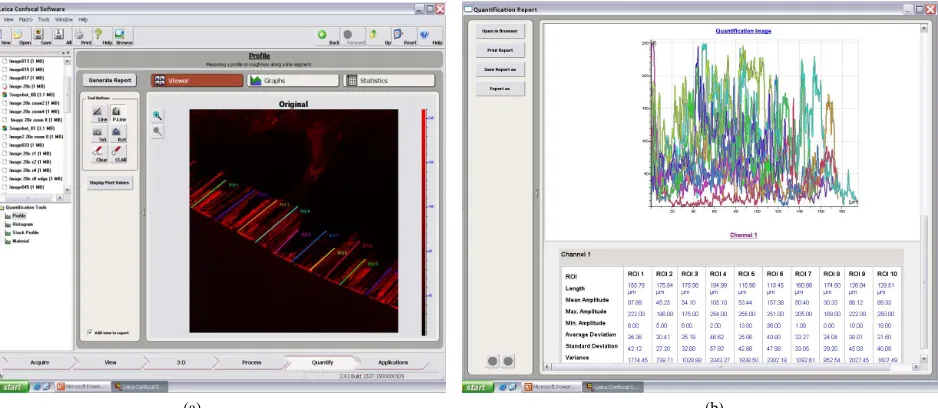Qualitative analysis of re mineralized carious lesions subjected to fluoride supplement through confocal laser scanning microscope
Full text
Figure


Related documents
typhimurium A1-R (Fig. Figure 3: In vivo selection of highly brain-metastatic cancer cells. a) Schematic representation of the in vivo cyclic selection process for high
Since water lixiviates fluoride to dental enamel and this would aid non-cavitated carious lesions, this study aimed to evaluate the presence, or not, of in vitro surface
Clearly, U.S. Steel Corporation produces steel, but they have a few variations of manufacturing steel. As a company, they segment their production into two different lines of
Since there is no renewable surface source of irrigation water in the Panhandle and only limited recharge of the Ogallala aquifer in this area, irrigation water is a fixed supply and
We hy- pothesized that children who are admitted to pedi- atric hospitals after sustaining injuries while riding motorized, 2-wheeled recreational vehicles will have lower
Since its inception, improvements in the embryology la- boratory have been a consisten goal of in vitro fertilization (IVF). Over the years this has led to signifi- cant changes in
Specifically, two main algorithms can be used: “bootstrap aggre- gation” (bagging) and “boosting.” Broadly speaking, the bagging approach refers to fitting different trees
Thus, in the winter season, characterized by cold temperatures, but relatively easy incurred by dairy cows, the voluntary waiting period was 51.74 days, and 71.35 days to the